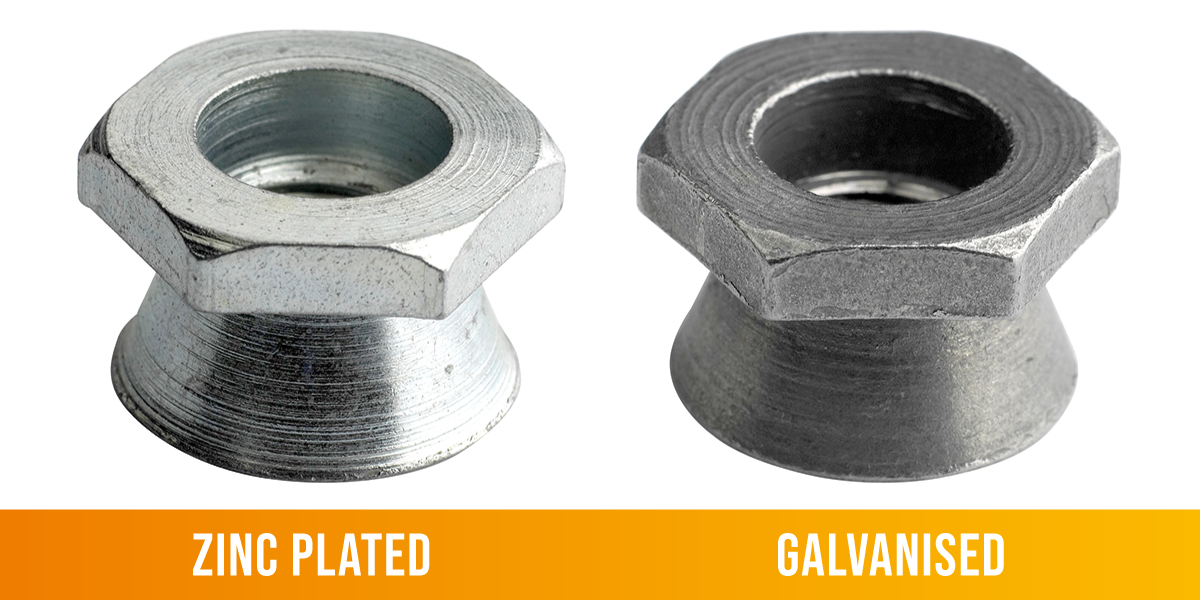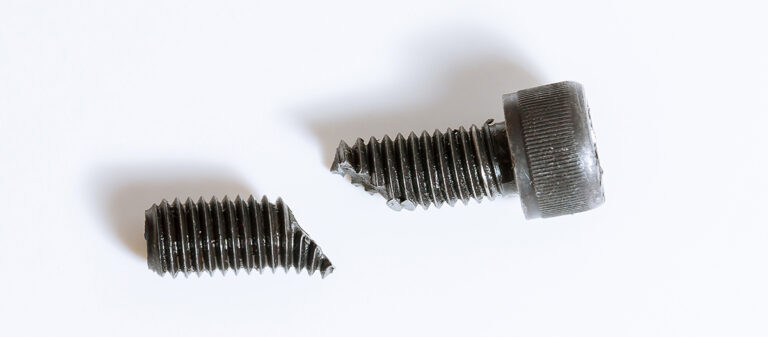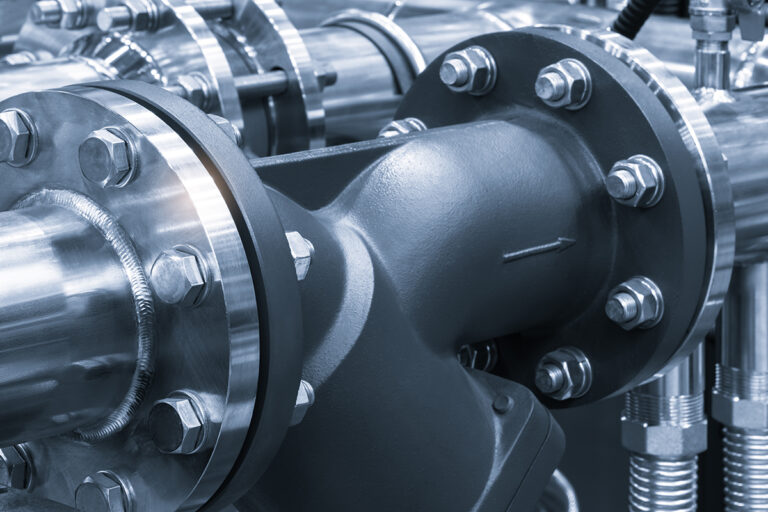When it comes to securing your property, choosing the right type of security screw is crucial. While both zinc-plated and galvanised security screws offer corrosion resistance, they differ in their manufacturing processes, durability, and ideal applications. Let’s dive into Zinc Plated vs Galvanised – understanding the difference, explore some interesting facts, and uncover what makes each coating unique.
Understanding Zinc Plating
Process:
Zinc plating is a process where screws are coated with a thin layer of zinc through electroplating. This involves immersing the screws in a solution containing zinc ions, and then applying an electric current to bond the zinc to the steel surface. The result is a bright, shiny finish that provides a basic level of corrosion resistance.
Durability:
Zinc-plated screws are suitable for indoor applications where moisture levels are low. The thin zinc layer is effective in preventing rust but may not hold up well in harsh outdoor environments. Over time, especially in coastal or industrial areas with high humidity or pollution, the zinc layer can wear off, leaving the underlying steel exposed to corrosion.
Interesting Facts:
- Zinc plating is often chosen for its aesthetic appeal, giving screws a bright, silvery finish.
- The process is relatively inexpensive, making zinc-plated screws a cost-effective option for general use.
Understanding Galvanisation
Process:
Galvanisation involves coating the screws with a thicker layer of zinc, usually through a process called hot-dip galvanising. In this process, screws are submerged in molten zinc at high temperatures, creating a much thicker and more durable coating compared to zinc plating. This thick zinc layer not only adheres to the steel surface but also forms a metallurgical bond, providing superior protection against corrosion.
Durability:
Galvanised screws are ideal for outdoor and heavy-duty applications. The thicker zinc layer offers long-lasting protection, even in extreme weather conditions. Galvanised screws are commonly used in construction, fencing, and other projects where exposure to moisture is inevitable. The zinc layer on galvanised screws also acts as a sacrificial anode, meaning it corrodes slowly over time, but in doing so, it protects the steel beneath.
Interesting Facts:
- Hot-dip galvanising was first developed in the 18th century, and its effectiveness has made it a go-to method for protecting metal surfaces.
- Galvanised coatings can last for decades, even in harsh outdoor conditions.
- The zinc coating on galvanised screws tends to have matte, rough finish, which can help with grip during installation.
Comparing Zinc-Plated & Galvanised Security Screws
Corrosion Resistance:
Zinc-Plated Screws: Offer basic corrosion resistance, best suited for indoor applications.
Galvanised Screws: Provide superior corrosion resistance, ideal for outdoor and heavy-duty use.
Coating Thickness:
Zinc-Plated Screws: Feature a thin layer of zinc, making them more susceptible to wear and tear.
Galvanised Screws: Have a thick, durable zinc coating, offering long-lasting protection.
Aesthetic Appeal:
Zinc-Plated Screw: Bright and shiny, making them more visually appealing in applications where appearance matters.
Galvanised Screws: Typically have a dull, matte finish, focusing more on functionality than aesthetics.
Cost:
Zinc-Plated Screws: Generally less expensive, making them a budget-friendly option for low-risk environments.
Galvanised Screws: More costly due to the thicker zinc coating and the hot-dip galvanising process.
Choosing the Right Screw for Your Needs
When deciding between zinc-plated and galvanised security screws, consider the environment in which they will be used. If you’re working on an indoor project where moisture is minimal, zinc-plated screws may be sufficient. However, for outdoor applications where durability and long-term corrosion resistance are paramount, galvanised screws are the better choice.
Understanding the differences between these two types of coating can help you make an informed decision, ensuring that your security screws provide the protection and longevity you need for your projects. Whether you prioritise cost, appearance, or durability, there’s a security screw to meet your specific requirements.
Our team of experts are ready to assist you in choosing the most suitable security screws for your specific requirements.
Contact us today on 1800 776 565.
Secure Your Assets with Sentinel Group Security Screws.
Choose Sentinel Group Security & Customised Fastening Solutions.




